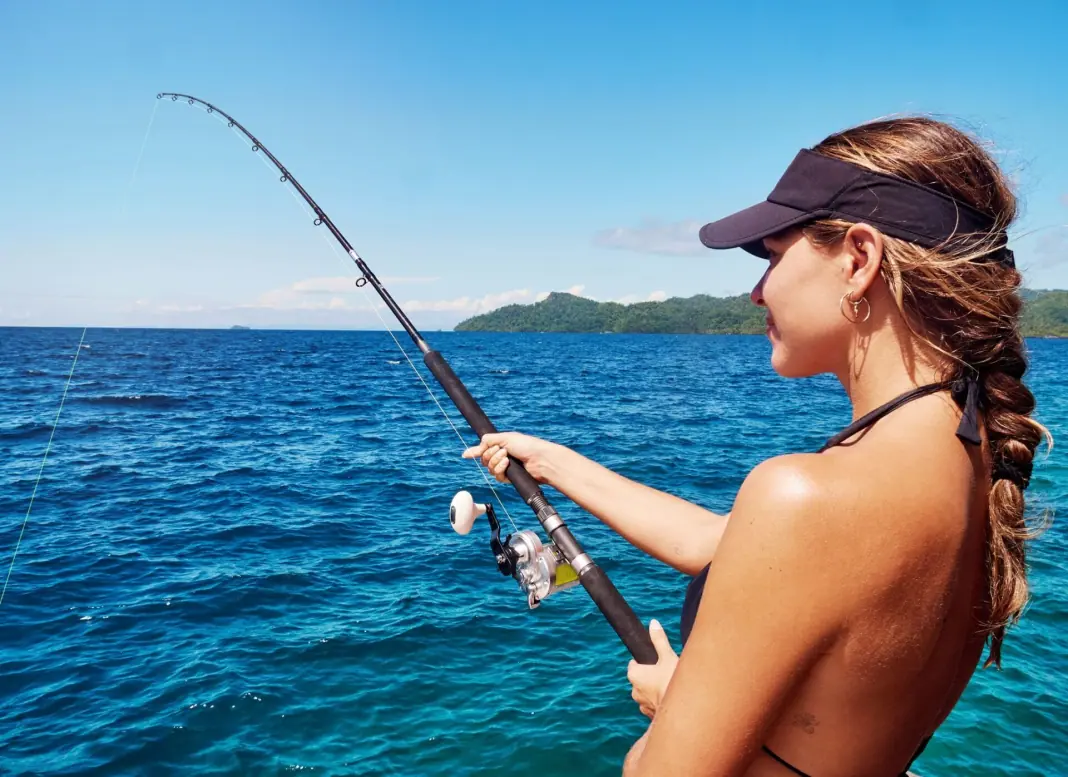Fishing is a skill that requires knowledge, patience, and technique. Among the various fishing methods, jigging stands out as both an art and a science. This method involves luring fish with a weighted hook shaped like a jig. In this comprehensive guide, we delve into the intricacies of jigging, the equipment you’ll need, and tips to boost your fish-catching success.
Understanding Jigging: The Basics
What is Jigging?
Jigging is a fishing technique in which a jig, often equipped with a soft-bodied lure or a feathered tail, is used to imitate prey. The jig is made to move in an erratic, jerky manner, mimicking the natural movement of fish or other marine creatures, thereby attracting predatory species.
The Science Behind Jigging
The efficacy of jigging hinges on the predator-prey dynamic. Predatory fish are wired to respond to certain movements that resemble struggling or injured prey. The jig’s design and movement can excite a predatory instinct, inciting fish to strike.
Essential Jigging Equipment
Selecting the Right Rod and Reel
Rod: Choose a jigging rod that is lightweight but strong enough to handle larger fish. Look for a rod with a fast action tip for sensitivity, which will enable you to detect bites quickly.
Reel: Opt for a spinning or conventional reel that complements your rod. Ensure that it is able to withstand heavy lines and has a smooth drag system for when you hook a larger fish.
Types of Jigs
Metal Jigs: Ideal for deep-water jigging, these are heavier and designed to sink quickly. They are often used for species like tuna and grouper.
Soft Plastic Jigs: These are versatile and can be used in various environments. They replicate the movement of small prey and are effective in shallower waters.
Feather Jigs: Mimicking squid or small fish, these jigs work well in both saltwater and freshwater settings.
Additional Gear
Line: Braided line is recommended for jigging due to its strength and minimal stretch, offering better sensitivity and hook-setting power.
Leader: Use a fluorocarbon leader to make the line less visible to fish and strengthen the connection point.
Sinkers and Hooks: Depending on your fishing conditions, additional weights and different hook sizes may be necessary.
Mastering Jigging Techniques
Vertical Jigging
This technique involves dropping the jig straight down into deep waters and then methodically jerking the rod to create an enticing vertical movement. It is particularly effective for deep-dwelling species.
Casting Jigging
Casting a jig involves throwing it towards a target area, usually among structures such as rocks or vegetation, and retrieving it with a combination of jerks and pauses. This mimics the erratic flight of fleeing prey.
Speed Jigging
An energetic and fast-paced technique that demands quick movements and retrieval speeds. This technique often provokes aggressive strikes as it targets high-energy species.
Tips for Successful Jigging
Understanding Fish Behavior
Know your target species and their feeding habits. Different fish respond to different movements and types of prey. Researching your target fish’s preferences can give you a significant advantage.
Adjust Your Technique
Fish don’t always respond to the same jigging rhythm. Be ready to experiment with speed, direction, and intensity of your jigging until you find what works.
Seasonal Adaptations
Conditions such as water temperature and clarity vary with seasons, affecting fish behavior. Adjust your jigging technique to the time of year for optimal success.
Using Technology
Leverage fish finders to locate schools or structures where fish are more likely to hide. This allows you to place your jig more strategically.
Jigging is more than a technique; it is an art that requires keen observation and craft. By understanding the nuances of fish behavior, honing your jigging techniques, and equipping yourself with the right gear, you can transform your fishing experience. Whether you are a novice or an experienced angler, mastering the art of jigging can lead to catching more fish and enjoying a rewarding day on the water. Remember, the joy of fishing lies not just in the catch, but in the pursuit and the mastery of the skill itself.



